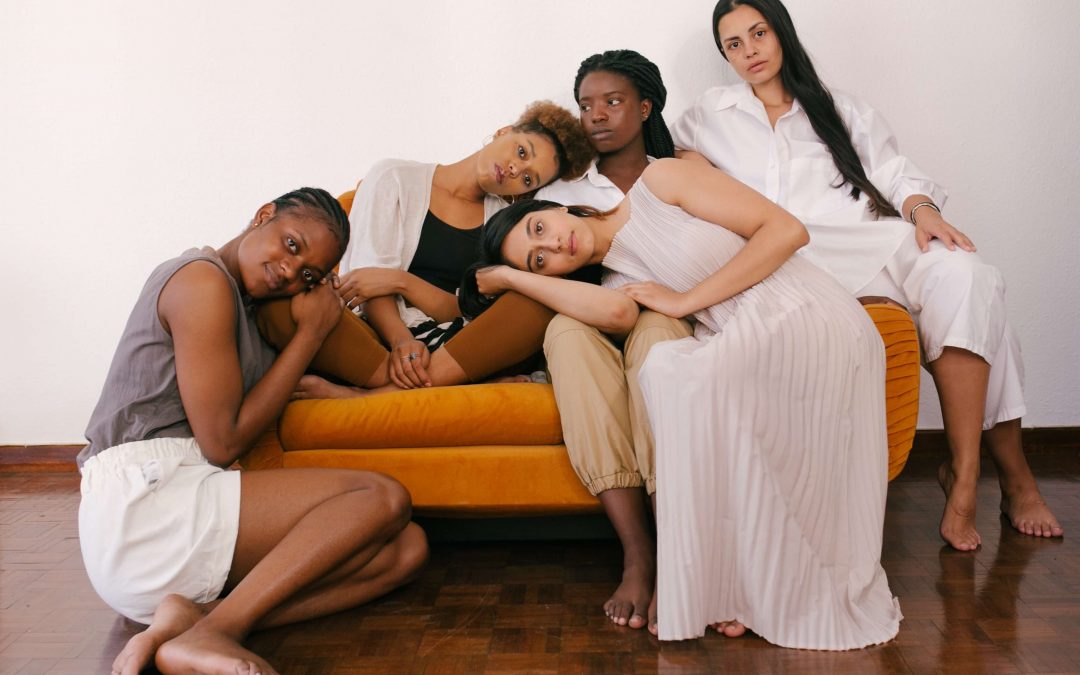⏳ This is one of the most frequent but also hardest questions I get, both in the clinic and in my personal life. It’s not because it’s difficult to answer, but because it is cruel and hard to swallow. Age is one of the factors we cannot control as physicians, so we do our best to help our patients start their families, regardless of their age.
📉 Women start with 6-7 million eggs before birth, which decreases to 1-2 million at birth, 300,000 to 500,00 at puberty, 250,000 at age 37, and about 1000 at age 50. While it only takes one egg, it is ultimately a numbers game.
💉 While our pregnancy rates go up every few years as our technology gets better, that doesn’t translate to better rates in older women. While fertility treatments are powerful tools to help treat many types of infertility (such as blocked tubes or sperm problems), the decline in fertility with age is much more difficult to overcome. This is because of the quality and quantity of eggs available decrease with age.
Let’s get to the numbers in terms of the chance of having a baby with your eggs after 1 and 3 IVF cycles.
🔹 At age 25: 49% and 81%
🔹 At age 30: 49% and 81%
🔹 At age 35: 41% and 73%
🔹 At age 40: 23% and 48%
🔹 At age 42: 16% and 35%
🔹 At age 45: 7% and 17%
🧪 As you can see, even with our best treatments, we cannot overcome the impact of age on your ovarian reserve. Do note, that I used averages from SART (Society for Assisted Reproductive Technology), but your fertility doctor can help you get a more personalized picture based on your ovarian reserve testing.
❓ These numbers are not fun to share, but I think they are important for people to be aware of. In the coming weeks, I will be sharing more about how to test ovarian reserve. What else do you want to know?
